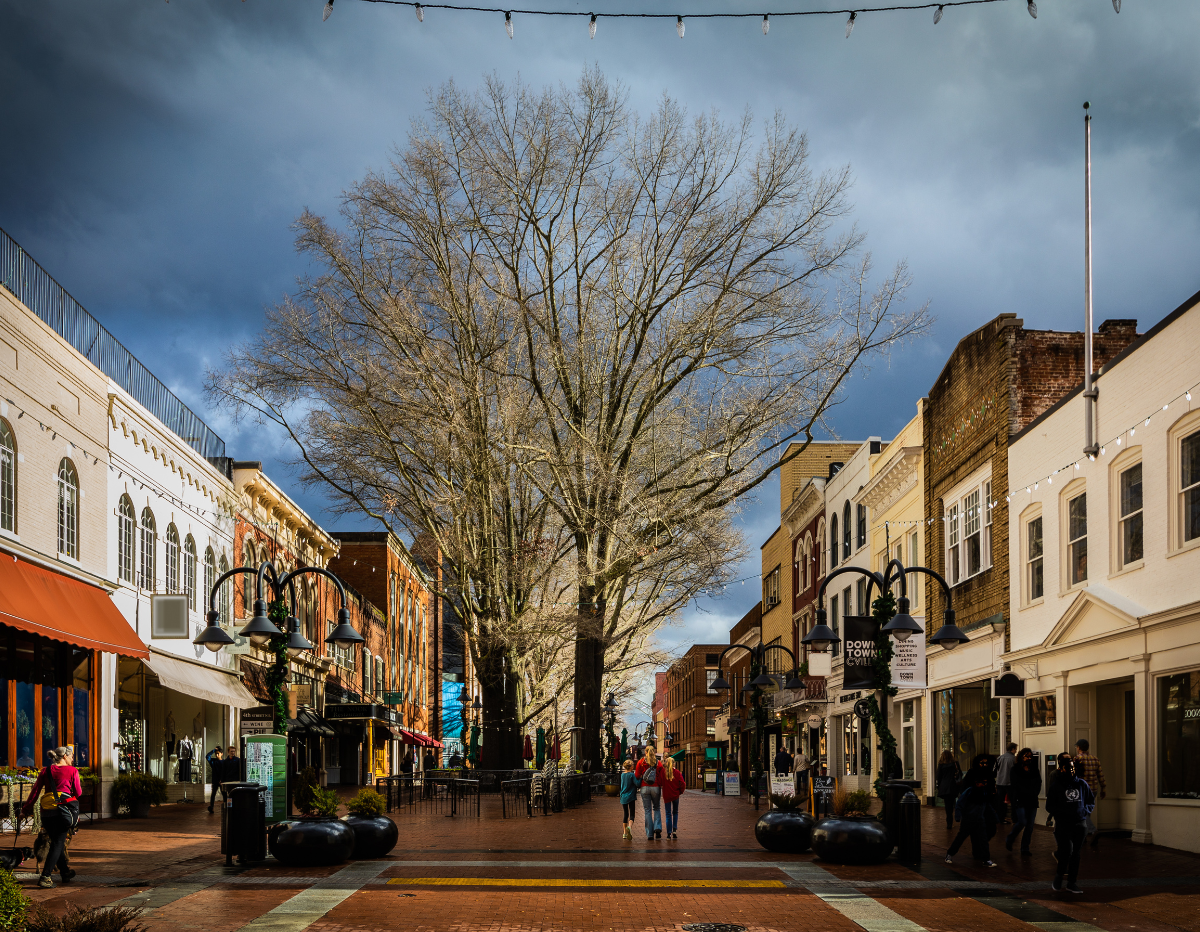
Early last week I got an automated message on my phone from my kids’ school that there was an active shooter within two miles and that the school was under a shelter-in-place order from the Charlottesville Police Department. I went through the arc of emotions: fear to worry to curiosity to a trust in my kids’ school and to a realization that some important conversations were coming.
A few hours later the situation was “resolved,” the order lifted, and my kids – 7, 5, and 3 years old – made it home.
Tragically, the situation ended with the shooter being shot and killed by police.
Since the school wisely told the students very little about why recess was cut short and people had to run indoors, I prepared for the inevitable conversation with my kids about what went down.
Just the night before this shooting, Charlottesville’s new police chief held an open forum for the community to talk about the escalation in gun violence in our town, and many friends and colleagues spoke and cried and pleaded for solutions not rooted in violence.
The next day the police themselves were part of the escalation in gun violence. My oldest daughter asked me, “Dad, why did the police not talk to him? Why did they feel like they had to shoot him?”
I paused before answering, unsure how much to unload on her young mind. For our two older kids, my wife and I had already talked to them separately about the details of this incident. And this is less than three months after having to describe a man at UVA who boarded a bus and murdered three of our student athletes.
I told her: “Well, think about what’s on an officer’s belt.” We named the items: mace, handcuffs, nightstick, and, of course, a gun. “Those are all tools of violence and control. It’s all an officer knows to do and use. Those people who can talk and support and offer the help this man needed weren’t called.”
Because she’s 7, I skipped over how I think that police negotiators, who were indeed on the scene, are still police and not equipped with the tools and categories communities have to interrupt violence non-violently.
Policing does not keep all of us safe. Police officers try and sometimes do. But policing does not. I’ve worked to teach my kids to respect and honor police officers as people while holding that we as a family do not believe in policing.
Our kids see a noticeable disconnect with how we handle conflict in our home – which is to pursue acknowledgement of harm, acts of reconciliation, and change so the harm can’t happen again – and our society’s criminal legal system trinity of “public safety”: policing, prosecutions, and prison.
But we know there is another way. I’ve seen it in my community with our two local violence interrupter and conflict resolution groups: the B.U.C.K. Squad and Peace in the Streets. I’ve seen it with our city’s restorative justice program, Central Virginia Community Justice. I’ve seen it with organizations and groups and churches working to respond to harm with healing, to respond to drivers of violence like poverty, unemployment, and racism.
I then said to my daughter, “I wonder what big emotions this man was feeling that led him to firing a gun and pointing it at police officers? I wonder what could have helped this man feel and manage his emotions.” I let this sit a bit, saving for another time a talk about ways a society can better acknowledge trauma and work to heal it rather than to cage it, either literally or figuratively.
My hope is to create categories for my kids so that when violence happens we have some buckets established where we can dump emotions and questions that time and maturity will allow us to untangle with them.
Each family is different. There is no single right way to talk about this. I can’t imagine many people reading this who would be all in on how I did it. And I made sure to tell my kids this, that other families will say other things, that most families probably do not give as much detail to their kids as we do.
Here are some of my go-to guidelines to build a framework for safety that is not police-centered:
- Honor police as people while questioning policing
- Advocate for everyone being given chance and space to heal and reconcile
- Recognize that police and prisons exist to control and not to heal
- Err on answering all questions. If a kid is old enough to ask, they’re old enough to have some measure of an answer.
A three-fold rule of thumb to start building these categories is to talk to your children about how you handle things when harm happens in your own home; talk about what you want to see in society; and talk about whether police are able to reconcile those two visions.
Lastly, the first conversation about police and prisons needs to be before a public act or personal experience of violence.
You know things are sticking and that kids are working out the details of these complex issues when, like my daughter, they ask during our church service if they can pray out loud “for the mayor to stop prisons.” That’s a start, and I’ll take it! I’ll take my imperfect delivery and her imperfect processing over America’s obsession with confinement and control.
My kids are white, middle-class babies, and the likelihood of them experiencing violence is lower than most. It is less likely they will “come home to yellow tape,” as a colleague of mine said. So I have to carefully put them in proximity to that violence by the conversations I have with them, hoping that our society can use its collective will to have a posture toward harm that is one of healing and not choosing to perpetuate cycles of violence.



